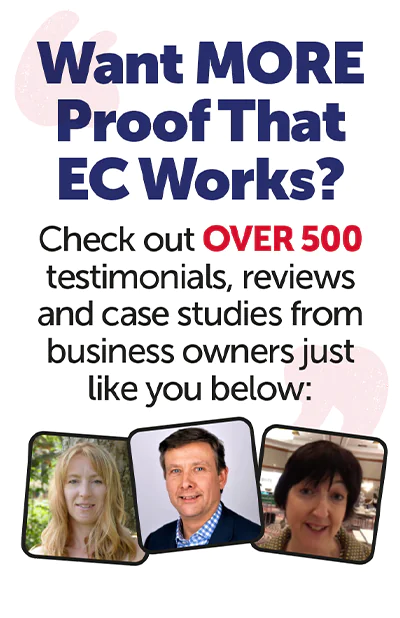Two examples this month of big brands doing the right things in order to develop and grow. In both cases there’s stuff here that can be swiped and deployed.
First up I want to draw your attention to the excellent email marketing of Oliver Sweeney.
For the uninitiated, Oliver Sweeney started life 15 years ago as an upmarket men’s shoe manufacturer. For most of its history, the business was relatively modest in size, but just over three years ago they purchased a database and haven’t looked back since. Their approach is very straightforward, everything hangs off their shoes which are really quite different and unusual – but very, very comfortable.
Although they do have a small retail presence (I think they’ve got about six shops across the UK) most of their business is done online. very smart – but persistent – email campaigns and regular offers. This activity is supported by the publication of a quarterly catalogue.
Given the dramatic rise in Oliver Sweeney’s business over the last two years, that last paragraph is worthy of re-reading. In short, their business is underpinned by regular (three-four times a week during promotional periods) emails, compelling offers and a quarterly catalogue (which is printed C5 size to make postage more affordable).
I’ve reproduced a couple of their email headers here so you get the gist of what makes them stand out.
The Cobbler-In-Chief’’s Factory Guide, for instance contains really interesting photography and insights.
The Factory Tour teaches you more about the process of making their shoes and then there’s the way other messages bring individual shoes to life, giving them character and reinforcing the brand position.
It’s very, very smart and easily replicable by any business owner prepared to invest some time in doing the thinking and understanding what their customers really want.
Any online marketers out there don’t miss the significance of their quarterly catalogue OR the nature of their offer. Their offer is nearly always £50 off when you spend £250 or more. What’s
important to know here is that most of their shoes sell for £229, or £249, say, so they’re pushing up the transaction value as people buy some socks, a belt, a wallet, etc. in order to qualify for the discount. It’s very smart.
As is the regular dispatching of the printed catalogue to existing customers.
None of us live in a purely digital world and if you rely a lot on online sales but you are NOT sending out catalogues, then you’re missing a massive marketing pillar which will undoubtedly deliver big uplifts in sales if you do it right.
Oliver Sweeney are definitely a company to watch closely from a marketing perspective and you could do a lot worse than buy a pair of socks from them and get on their list – just to study what they do.
A little update on upmarket Louis Vuitton
The posh people’s bag maker have expanded massively over the last 10 years (I once went for an interview to be their marketing director, but it’s a long time ago and I haven’t got time here to tell you the full story!)
What you should know though is that even Louis Vuitton have developed a premium product. Now, the uninitiated may instinctively think that because all their bags cost £100s they are already a premium product and to some extent you would be right, but what they’ve introduced recently is a premium version of their premium product!
You can now get their bags made with a two-coloured stripe of your choice running down the centre of the fabric and with your initials included within it. To be clear, this isn’t something that’s painted on post production – the stripe and your initials are actually incorporated into the manufacture of the leather.
It adds about £300 to the choice of your bag but makes it, of course, completely unique and individual.
Your personal thoughts or prejudices on this should be put to one side because, once again, this is a stark lesson about putting into practice one of the key tenets of what Entrepreneurs’ Circle preaches. In short, if you haven’t got a premium version of whatever it is that you sell then you are leaving money – lots of money – on the table. You don’t have to push it or promote it particularly well, and this is certainly not about an across-the-board price increase – it’s just about giving those customers who want it the opportunity to spend more money with you.
Louis Vuitton have got it – have you? If not,
then you’ve got a worthy topic for several of your 90-minute sessions next month.
Have fun …


